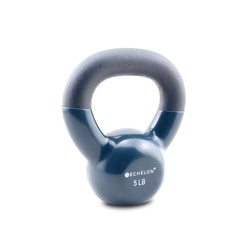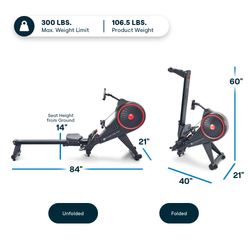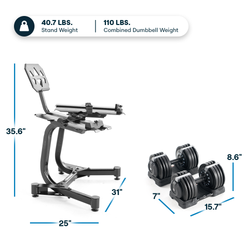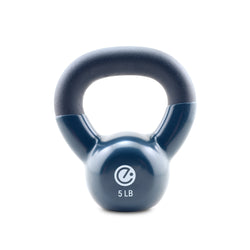Understanding Your Body: How to Listen to Physical Cues and Adjust Your Workouts

In the pursuit of fitness goals, it's easy to focus on pushing your limits and achieving personal bests. However, an equally important aspect of a successful fitness journey is understanding your body’s signals and responding to them appropriately. Listening to your physical cues can help you avoid injury, prevent burnout, and create a sustainable workout routine that aligns with your overall well-being.
Recognizing Signs of Fatigue, Soreness, and Discomfort
Your body constantly communicates with you during and after workouts. Learning to recognize and interpret these signals is key to adjusting your routine effectively and ensuring long-term success.
-
Fatigue: Fatigue is a natural response to physical exertion, but it's important to differentiate between healthy fatigue and overexertion. If you experience excessive tiredness that lingers beyond your workout or disrupts your daily activities, it might be a sign that your body needs more rest or a reduction in workout intensity.
-
Soreness: Delayed onset muscle soreness (DOMS) is common, especially after trying new exercises or increasing your workout intensity. While mild soreness is normal and can indicate muscle adaptation, severe or prolonged soreness might signal overtraining or potential injury. In such cases, it's crucial to allow your muscles ample time to recover.
-
Discomfort vs. Pain: It's normal to feel some discomfort when challenging your body, but there's a significant difference between discomfort and pain. Discomfort can be managed with proper technique and gradual progression, while pain—especially sharp or persistent pain—should be a clear sign to stop and reassess. Ignoring pain can lead to serious injuries, so it's essential to listen to your body and adjust accordingly.
How to Adjust Your Workouts Based on Physical Cues
Listening to your body doesn’t mean compromising your fitness goals; rather, it involves making intelligent adjustments that keep you on track while safeguarding your health.
-
Incorporate Rest Days: Rest is a vital component of any fitness regimen. If you're feeling overly fatigued, consider taking a rest day or engaging in active recovery, such as light stretching, walking, or yoga. Rest days allow your muscles to repair and grow stronger, ultimately enhancing your performance.
-
Modify Intensity: Adjusting the intensity of your workouts based on how your body feels can prevent overtraining and reduce the risk of injury. This could involve lowering the weight you're lifting, reducing your workout duration, or opting for lower-impact exercises. For example, if you're experiencing joint discomfort, you might choose swimming or cycling instead of running.
-
Listen to Your Breath: Your breathing pattern can provide valuable insights into your physical state. If you find yourself struggling to maintain steady breathing during a workout, it may be a sign to slow down or take a break. Controlled, deep breathing is often a sign of working within your body’s limits.
-
Prioritize Recovery: Recovery isn’t just about taking time off; it's about actively supporting your body's healing processes. Incorporate activities such as foam rolling, mobility exercises, and stretching into your routine to help alleviate muscle tension and improve flexibility. Recovery-focused workouts are essential for maintaining long-term fitness.
-
Stay Hydrated and Nourished: Proper hydration and nutrition play a crucial role in how your body responds to exercise. Dehydration and inadequate fueling can lead to increased fatigue, cramping, and impaired performance. Ensure you're drinking enough water and consuming a balanced diet to support your energy levels and recovery.
-
Check Your Sleep Patterns: Sleep is when your body repairs itself, so consistently poor sleep can impact your workouts. If you're feeling unusually tired during exercise, it might be worth examining your sleep habits and making adjustments to ensure you're getting enough rest.
-
Mental Health Matters: Emotional and mental stress can also manifest in physical symptoms, such as fatigue or lack of motivation. If you're feeling mentally drained, consider incorporating mindfulness practices like meditation or yoga into your routine. Mental well-being is closely linked to physical health, and taking care of your mind can positively impact your workouts.
Embrace a Holistic Approach to Fitness
Understanding your body and responding to its cues is essential for creating a balanced, effective fitness routine. By recognizing the signs of fatigue, soreness, and discomfort, you can make informed adjustments that prevent injury and promote overall well-being. Embracing a holistic approach to fitness—one that considers physical, mental, and emotional health—will help you achieve your goals sustainably and enjoyably.
Remember, fitness is not just about pushing harder or going faster; it's about working smarter and staying in tune with your body. By listening to what your body is telling you and making thoughtful adjustments, you can continue progressing on your fitness journey while maintaining your health and well-being.












































































